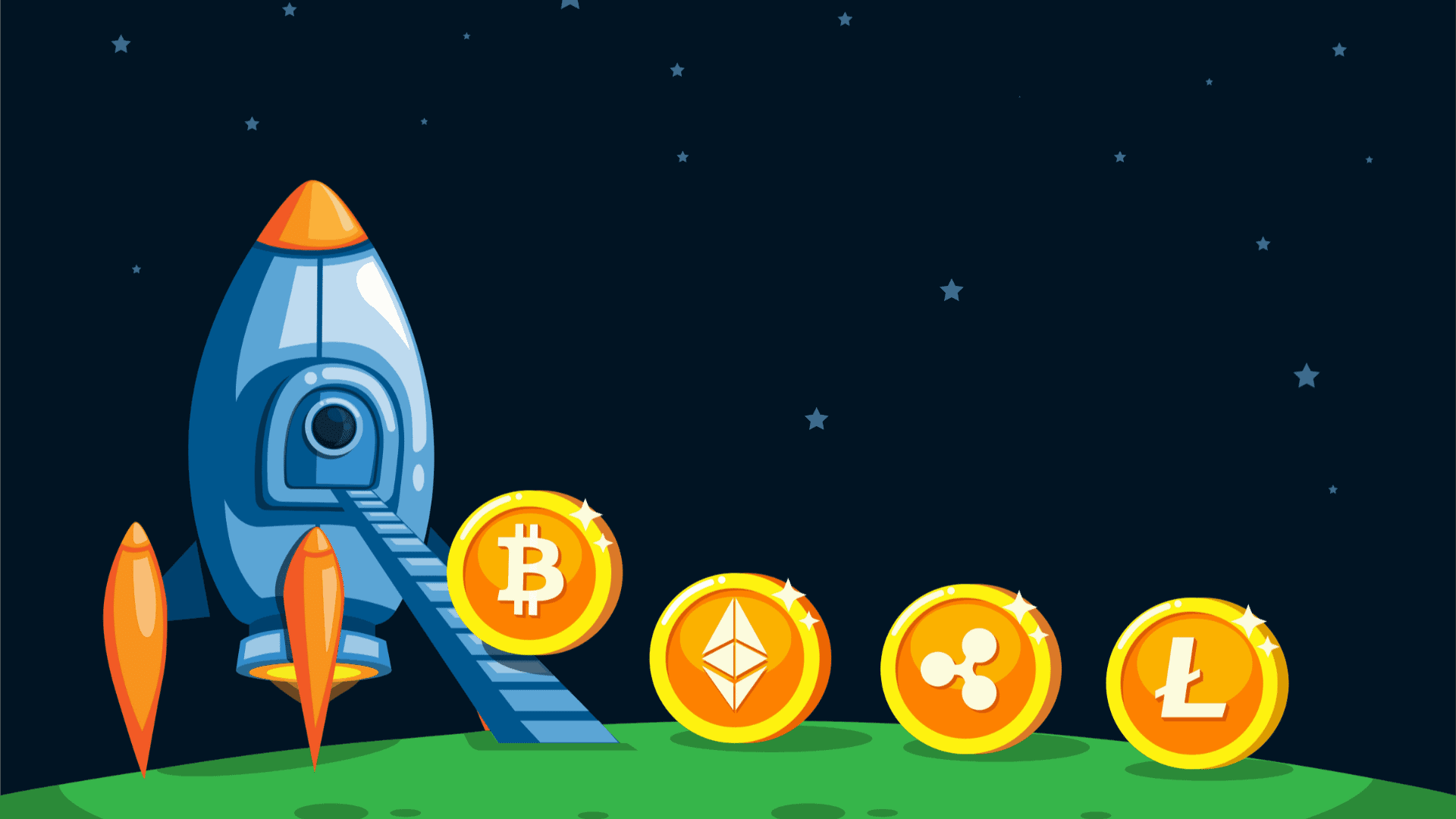Smart contracts, like many ideas in the blockchain industry, are cloaked in general confusion. Smart contracts are advanced technology made possible by blockchains publicly available. smart contracts are hard to understand since the term partly confuses the main interaction described. While a standard contract summaries the basis of a relationship (usually one enforceable by law), a smart contract enforces ties with programmed code. Put differently; smart contracts are programs or codes that implement contract terms precisely as they are set up to by their developers and agreed by both parties to the contract.
Initially conceived in 1993, the idea was initially described by Nick Szabo, who is a computer scientist and cryptographer, as a type of digital vending machine. In Nick’s example, he explained how users could feed data or value then receive a predetermined item from a machine. One easy example is that ethereum users can send ten ether to a friend on a specific date using a smart contract.
When it comes to this case, the client would design a contract, and push the information to that contract so that it could carry out the desired command. Ethereum is a platform that was built exclusively for creating smart contracts. However, these new tools are not meant to be used in isolation. They can also form the building blocks for decentralized apps and even entire decentralized autonomous enterprises.
Before you can understand how smart contracts work, It’s worth noting that bitcoin was the pioneer to implement essential smart contracts in the sense that the network can transfer value from one person to another.
The network of nodes can only authenticate transactions if specific conditions are met. However, bitcoin is limited to the currency use case. Ethereum replaces bitcoin’s more restrictive language and replaces it with a language that allows developers to write their programs.
Ethereum enables developers to code their smart contracts or autonomous agents as the ethereum white paper refers to them. This language is “Turing-complete” which means it supports a broader set of instructions that are computational.
What can Smart contracts do?
Smart contracts can perform as ‘multi-signature’ accounts. This enables funds to be spent when a required percentage of people consent. These contracts also manage agreements between clients. Clients can Provide utility to other contracts using smart contracts. You can additionally store details about an app, such as domain registration details or membership records.
Smart contracts are designed to function with assistance from other smart contracts. If someone places a bet on the temperature on a hot summer day, it might trigger a sequence of contracts under the hood. One contract can use outside information to establish the weather. Another contract can settle the bet using the information is obtained from the first contract in the event the conditions are met.
Getting to run each contract requires ether transaction fees, which depends on the volume of computational power required. Ethereum runs the smart contract code when a client or another contract sends it a message with sufficient transaction fees. The Ethereum Virtual Machine (EVM) will then execute these smart contracts in ‘bytecode’.




